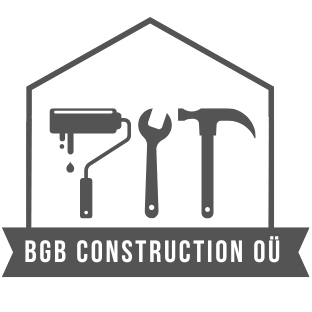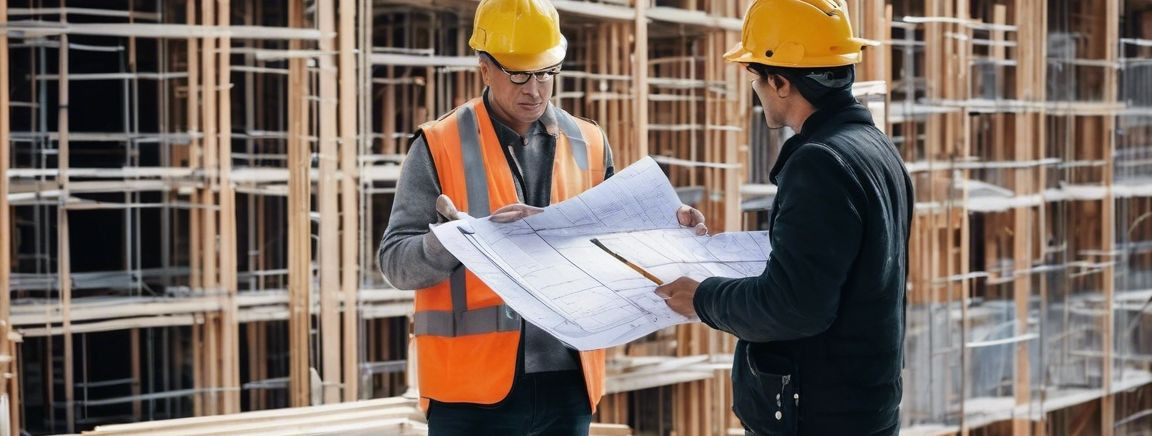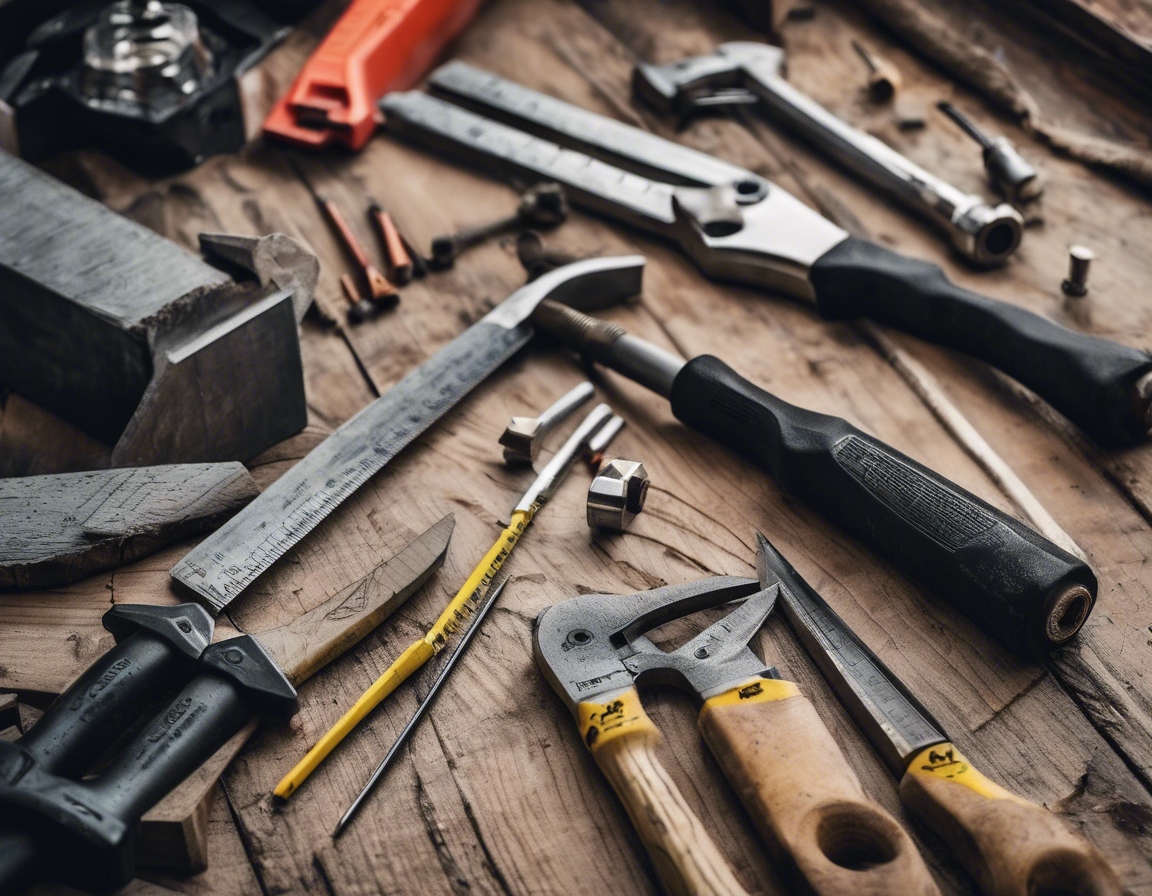Top trends in residential building design
In the ever-evolving world of residential building design, staying ahead of the curve is essential for homeowners and businesses looking to create spaces that are not only functional but also aesthetically pleasing and sustainable. As we move further into the 21st century, several key trends are shaping the way we think about and construct our living environments. This blog post explores the top trends in residential building design that are capturing the attention of architects, builders, and homeowners alike.
Sustainable and Eco-Friendly Design
One of the most significant trends in residential building design is the emphasis on sustainability and energy efficiency. Homeowners are increasingly seeking ways to reduce their carbon footprint and lower energy costs. This includes the integration of energy-efficient appliances, solar panels, and advanced insulation techniques that minimize energy consumption while maximizing comfort.
Another aspect of sustainable design is the use of recycled and sustainable materials. From reclaimed wood to recycled metal and glass, these materials not only reduce environmental impact but also add unique character and charm to residential spaces. Builders are also exploring innovative materials such as bamboo and cork, which are both renewable and durable.
Smart Home Technology Integration
The integration of smart home technology is revolutionizing residential building design. Home automation systems allow homeowners to control lighting, heating, cooling, and even appliances remotely via smartphones or voice-activated devices. This not only enhances convenience but also improves energy efficiency and security.
Advanced security and surveillance systems are becoming standard in modern residential designs. From smart locks to video doorbells and comprehensive surveillance systems, these technologies provide homeowners with peace of mind and greater control over their home’s security.
Open Floor Plans and Flexible Spaces
Open floor plans continue to be a popular trend, offering flexibility and a sense of spaciousness. Multi-functional rooms that can easily transition from a home office to a guest room or a play area are highly sought after, especially in urban settings where space is at a premium.
The blurring of indoor and outdoor spaces is another trend gaining traction. Homeowners are increasingly looking to extend their living areas to the outdoors with features like sliding glass doors, outdoor kitchens, and comfortable patio spaces that create a seamless transition between the interior and exterior.
Minimalist and Modern Aesthetics
Minimalist design, characterized by clean lines and simple forms, is a trend that continues to dominate residential building design. This aesthetic not only creates a sense of calm and order but also allows for greater flexibility in interior decoration and personalization.
Neutral color palettes are a staple of modern residential design, providing a timeless backdrop that can be easily updated with accessories and furnishings. Shades of white, gray, and beige are popular choices, offering a versatile foundation for any style preference.
Wellness and Biophilic Design
Wellness-focused design is becoming increasingly important as homeowners seek to create environments that promote health and well-being. Maximizing natural light and ensuring proper ventilation are key components of this trend, contributing to improved air quality and a more pleasant living experience.
Biophilic design, which emphasizes the connection between humans and nature, is gaining popularity in residential building design. Incorporating green spaces, such as indoor gardens, living walls, and rooftop terraces, not only enhances the aesthetic appeal of a home but also provides numerous health benefits, including reduced stress and improved mood.






Comments (0)